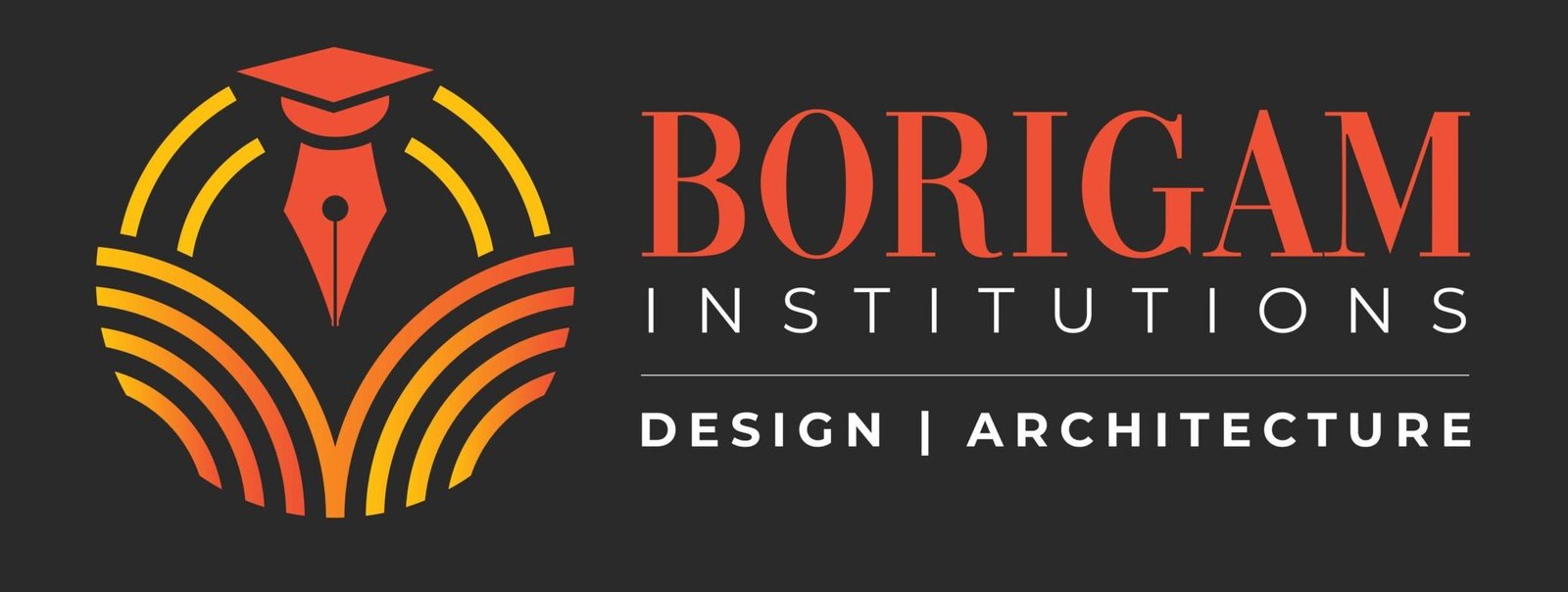The Common Entrance Exam for Design (CEED) is a national-level entrance exam conducted by IIT Bombay for admission to postgraduate design programs such as Master of Design (M.Des) and Ph.D. in Design. CEED evaluates candidates’ creativity, design aptitude, logical reasoning, visual perception, and problem-solving skills.
- About CEED
- Full Form: Common Entrance Exam for Design
- Conducting Body: IIT Bombay
- Courses Offered:
- Master of Design (M.Des)
- Ph.D. in Design
- Mode of Exam: Computer-Based Test (CBT) and Offline Drawing Test
- Frequency: Conducted once a year
- Score Validity: 1 Year
- Participating Institutes:
- IIT Bombay
- IIT Delhi
- IIT Guwahati
- IIT Hyderabad
- IIT Kanpur
- IIT Roorkee
- IIITDM Jabalpur
- Other design institutes
- Why Appear for CEED?
- Prestigious Institutes: Admission to top IITs and other reputed design institutes.
- Career in Design: Opens up various design career opportunities in product design, visual communication, UI/UX design, and more.
- Skill Assessment: Tests both analytical thinking and design abilities.
- Ph.D. in Design: For candidates seeking research and academic careers.
- Eligibility Criteria for CEED
- Educational Qualification
- Candidates must have completed a Bachelor’s degree in Design, Engineering, Architecture, or Fine Arts from a recognized institution.
- Candidates in their final year of graduation can also apply.
- Age Limit
- No upper age limit for CEED.
- Number of Attempts
- No restriction on the number of attempts.
- CEED Exam Pattern
The CEED exam consists of two parts:
Part A – Computer-Based Test (CBT)
- Duration: 1 Hour
- Total Marks: 100
- Type: Objective Questions (NAT, MSQ, MCQ)
- Purpose: Shortlisting candidates for Part B
Sections:
- Visualization and Spatial Ability
- Environmental and Social Awareness
- Analytical and Logical Reasoning
- Language and Creativity
- Design Thinking and Problem Solving
Part B – Drawing Test
- Duration: 2 Hours
- Total Marks: 100
- Mode: Offline (Pen and Paper)
- Purpose: Evaluate candidates’ design, drawing, and problem-solving skills.
Tasks Include:
- Sketching and Visual Representation
- Product Conceptualization
- Storytelling through Illustrations
- Problem Identification and Solution
Final Score Calculation
- Part A: 25% Weightage
- Part B: 75% Weightage
Candidates who qualify for Part A are evaluated based on Part B for the final merit list.
- CEED Syllabus
- Part A Syllabus
- Visualization and Spatial Ability: Ability to interpret and visualize objects in 2D and 3D.
- Environmental and Social Awareness: Awareness of design-related environmental and social factors.
- Analytical and Logical Reasoning: Problem-solving using logical and analytical thinking.
- Design and Creativity: Developing innovative design concepts.
- Language Skills: Ability to comprehend and express ideas effectively.
- Part B Syllabus
- Drawing Skills: Freehand sketching, perspective drawing, and visual communication.
- Creativity and Problem Solving: Creative solutions to real-world design challenges.
- Form and Material Understanding: Conceptualizing products using different materials.
- Storytelling: Illustrating scenarios using visual storytelling techniques.
- Application Process for CEED
Follow these steps to apply for the CEED entrance exam:
- Visit the Official Website: www.ceed.iitb.ac.in
- Register: Provide basic details to create an account.
- Fill the Application Form: Enter academic, personal, and exam center preferences.
- Upload Documents: Submit scanned copies of your photograph, signature, and academic certificates.
- Pay Application Fee: Complete the payment online.
- Download Admit Card: Available for download a few weeks before the exam.
- 7. Important Dates for CEED (Tentative)
| Event | Date (Tentative) |
| Application Start Date | September 2024 |
| Last Date to Apply | October 2024 |
| Admit Card Release | January 2025 |
| CEED Exam Date | January 2025 |
| Result Declaration | March 2025 |
Visit the official website for the latest updates.
- 8. CEED Preparation Tips
- Practice Drawing: Enhance freehand drawing and perspective sketching.
- Stay Updated: Read about design concepts, architecture, and current design trends.
- Develop Analytical Thinking: Solve puzzles, reasoning questions, and spatial ability tests.
- Solve Past Papers: Practice previous CEED papers to understand the pattern.
- Improve Storytelling: Practice representing ideas visually through storytelling illustrations.
- 9. Colleges Accepting CEED Scores
- IIT Bombay
- IIT Delhi
- IIT Guwahati
- IIT Hyderabad
- IIT Kanpur
- IIT Roorkee
- IIITDM Jabalpur
- Other Design Institutes
- Career Opportunities After M.Des
After completing M.Des, candidates can explore various design roles such as:
- Industrial Designer
- UI/UX Designer
- Product Designer
- Automotive Designer
- Graphic Designer
- Fashion Designer
- Packaging Designer
- Design Consultant
Candidates interested in research can pursue a Ph.D. in Design or specialize in fields like Sustainability in Design and Artificial Intelligence in Design.



